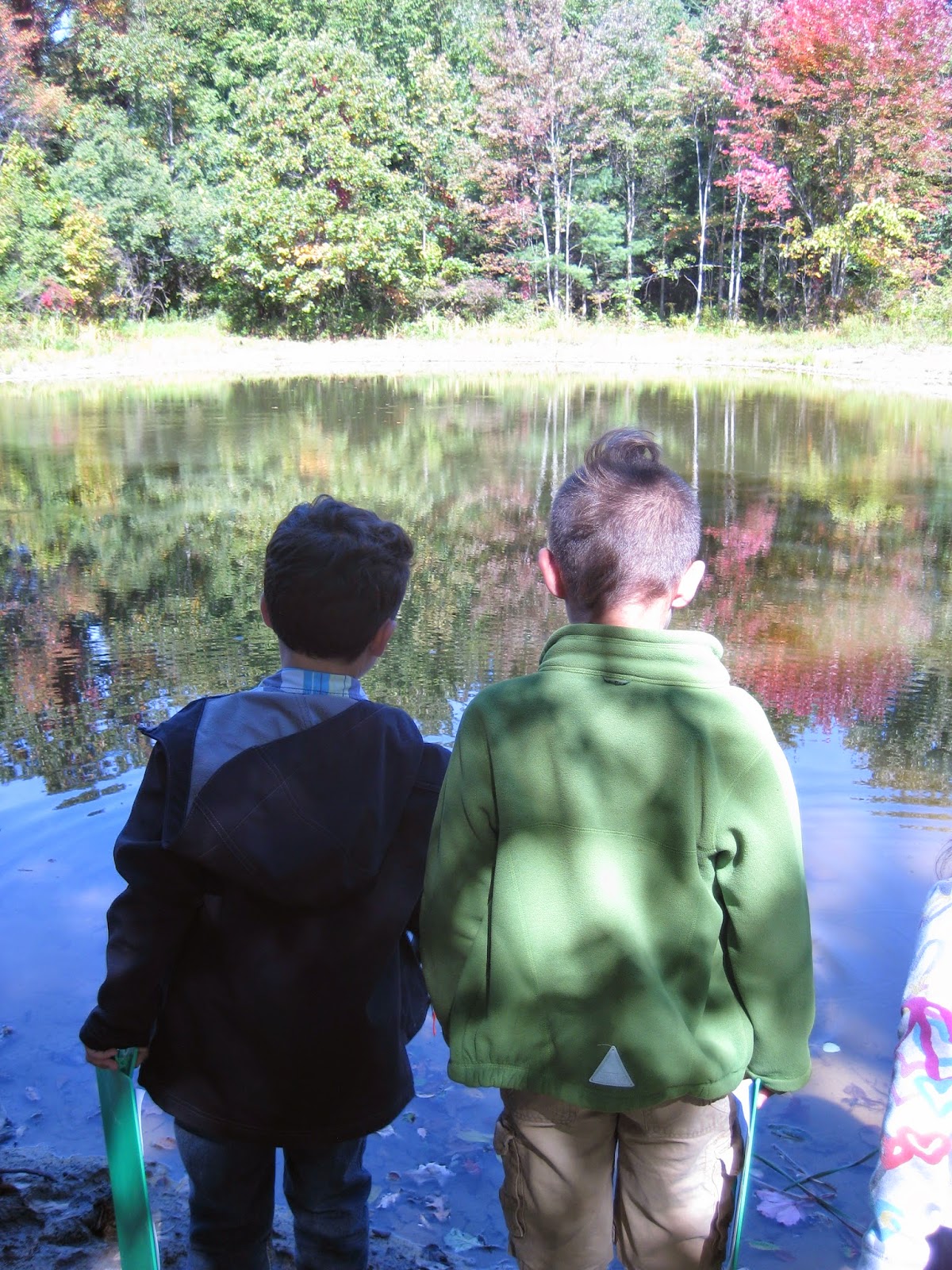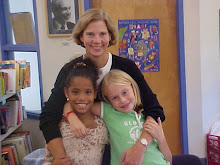Last year at Parker we piloted a program of integrated Spanish in our preschool classes. Spanish teacher, Erin Wallace, spent time several days a week speaking only in Spanish to our three and four-year-olds. The program was so successful that this year we have hired Rosalba Santander, a native of Mexico and parent of two Parker alumni, to be the Spanish speaking assistant in the preschool every day. She also is an assistant in K-1 Spanish class on Tuesday and Thursday.
Students (and teachers, too) are charmed by Rosalba's kind and gentle manner. The little ones love to interact with her. They seem to clearly understand what she says, and are beginning to answer in Spanish.
Here is what Erin wrote about Integrated Spanish at Parker:
Based on research about how
children acquire a second language, our Pre-K program provides:
- Exposure to the language on a regular basis by known caregivers through a diverse variety of resources (books, songs, assembly, multiple speakers, modeling of other teachers/students learning)
- Daily life integration through play in the language, negotiating play/feelings during class time, signs in the classroom, seeing the older students speak, quick conversations in the hall (“Hola, Erin!”)
- Narration of activities such as cooking with the students, preparing for walks (put on your shoes, asking for help), while walking in the woods (pointing out objects, singing in Spanish, talking about the weather and what we find)
- Cultural integration is found in story choice, song choice, music class, talking about holidays/weather/people in Spanish speaking countries, crafts (Pinatas are a good example)
- Parental support (many of our parents seek resources to read with students and use internet games and travel to pique interest)
Here is a link to Erin's blog about Spanish classes at Parker: http://www.parker-spanish.blogspot.com/












